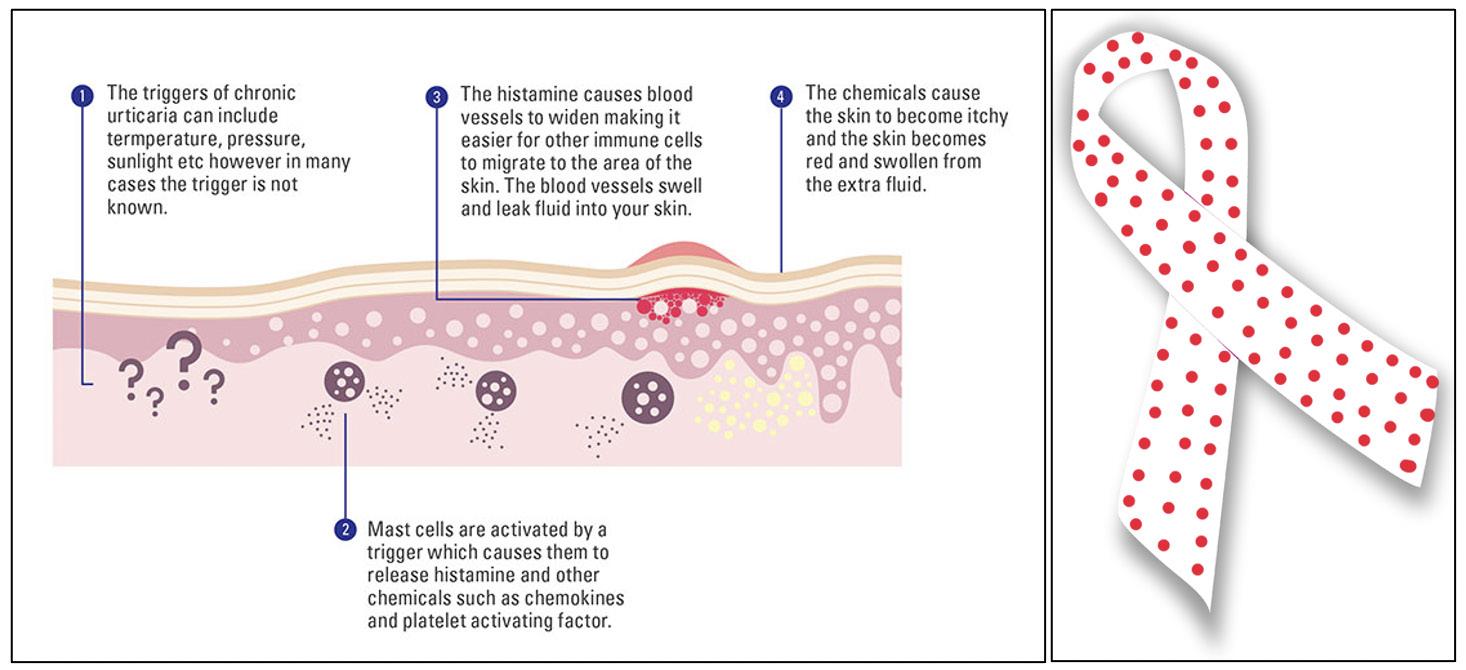Potential Culprit of Alzheimer’s Disease Hyperphosphorylated Tau BY ETHAN LIU '25 Cover Image: Neurofibrillary tangles in the Hippocampus of an old person with Alzheimer-related pathology. Image Source: Wikimedia Commons
Abstract Alzheimer’s disease (AD) is an age-related neurodegenerative disorder and the leading cause of dementia. Since the first report of this disease by Dr. Alois Alzheimer in 1906, extensive studies have revealed several pathological features, including extracellular neuritic plaques containing Aβ and intracellular neurofibrillary tangles mainly composed of hyperphosphorylated tau. According to the Aβ hypothesis, which has dominated the field in the last two decades, the primary cause of neurodegeneration in AD is the abnormal accumulation or disposal of Aβ. However, the successive failure of several clinical trials targeting Aβ-associated pathology have raised doubts in its role in neurodegeneration. It is beneficial to revisit the importance of another essential protein, tau, in the pathogenesis of AD to explore more strategies for treating this devastating disorder. This report will review the physiological and pathological functions of tau and its relation to neurodegeneration in AD. Additionally, recent evidence supporting the tau hypothesis will be addressed.
Introduction Alzheimer’s disease (AD) is the most common 12
neurodegenerative disorder associated with aging. It is clinically characterized by dementia followed by other cognitive impairments, such as aphasia (inability to understand/express speech), agnosia (inability to interpret sensations), apraxia (inability to speak), inability to interpret sensations, and behavioral disturbance. The disease affects approximately 10% of individuals older than 65 and about 33% of individuals 85 and older. Progressive neuronal loss caused by the disease is associated with the accumulation of insoluble fibrous materials within the brain, both intracellularly and extracellularly. The extracellular deposits consist of aggregated betaamyloid protein (Aβ), which is derived from a precursor protein called β-amyloid precursor protein (APP) that undergoes sequential cleavages by proteinases (Hebert et al., 2003). Aβ is a short peptide, and, although it is initially nonfibrillar, it progressively transforms into fibrils called neuritic plaques. Intracellularly, cell bodies and apical dendrites of neurons are occupied by intraneuronal filamentous inclusions, which are called neurofibrillary tangles (NFTs). NFTs mainly consist of hyperphosphorylated forms of microtubule-associated protein (MAP) and tau (Serrano-Pozo et al., 2011). Although Alzheimer’s Disease is pathologically characterized by the DARTMOUTH UNDERGRADUATE JOURNAL OF SCIENCE











